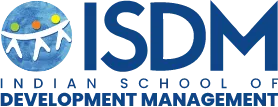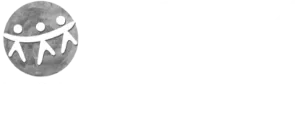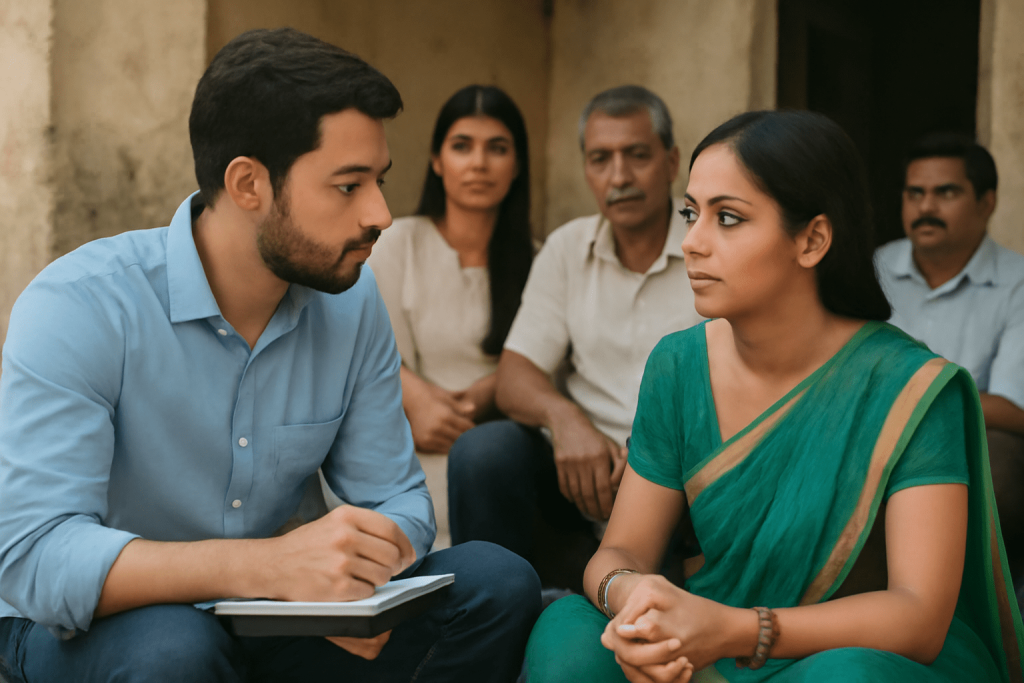The Pervasive Dilemma in Social Organisations
Social organisations in India find themselves at a critical crossroads, entangled in a dilemma that defines the scope and impact of their work. The struggle to balance depth and width in addressing complex social issues is a common narrative among passionate social entrepreneurs. As they navigate the intricate web of challenges spanning education, health, livelihoods, gender, child protection, and nutrition, a fundamental question emerges: Should organisations cast a wide net, attempting to address multiple facets of a problem, or should they focus their efforts on a specific domain?
Social Organisations at a Crossroads
In recent encounters with bright and passionate social entrepreneurs, the perennial question of defining the scope of work and vision takes center stage. Addressing complex social issues involves navigating a myriad of factors across various domains such as education, health, livelihoods, gender, child protection, and nutrition. The challenge emerges: Should social organisations opt for a broad approach, addressing multiple factors, or focus efforts on a specific facet of the problem?
From Bridges to Holistic Endeavors
Delving into the context of an organisation aiming to uplift children trapped in the grim reality of rag picking, the journey unfolds. The initial step involves understanding why children end up as rag pickers—rooted in chronic inter-generational poverty, the absence of livelihood opportunities, parental disbelief in education, and a dearth of good schools. The organisation initiates bridge centres to facilitate entry into mainstream schools, eventually transforming into a bridge plus remedial centre.
The scope further expands to include skilling programmes for women and a health centre providing affordable medicines to the local population. This evolution, on the surface commendable, introduces a host of issues, from founder-centric operations to a lack of a coherent narrative linking diverse initiatives.
Options in Focus
In the quest to address the depth versus width dilemma, the choices are critical. Several options present themselves, each with its implications:
Option 1: Specialised expertise for lasting impact
Choosing one intervention and building expertise over time, such as running bridge centres, offers the potential to ensure no child from vulnerable communities remains out of school. This specialised focus aims for a targeted and lasting impact.
Option 2: Building credibility and holistic change
Commencing with Option 1, organisations can gradually build credibility and leverage success to raise funds for broader initiatives. This option involves creating a compelling story of change and establishing an organisation capable of holistic transformations.
Option 3: Collaborative synergy for comprehensive change
Beginning with a specific intervention internally, organisations can collaborate with partners to manage additional areas of work. This collaborative approach involves leveraging a network of partners for skilling programmes, health initiatives, and women empowerment, fostering synergies for comprehensive change.
Depth for sustainable impact
Addressing the depth versus width dilemma necessitates profound consideration. The chosen path becomes the fulcrum between short-term, reversible benefits and sustainable, scalable change. The knowledge, skills, and frameworks required to run specific interventions differ significantly, demanding a thoughtful strategy for each.
The quandary of founder-centric models
The transition from a narrow focus to a holistic approach brings its own set of challenges. Founder-centric models, propelled by passion and intent, often lack the requisite knowledge, skills, and infrastructure for managing multi-sectoral operations. The founder, driven by adrenaline, may find the demands of organisational building overwhelming, leading to a struggle for sustainability and growth.
Crafting impactful narratives
The complexity inherent in balancing depth and width goes beyond strategic choices; it permeates the narratives crafted by these social organisations. Beyond the operational decisions, the narrative becomes a powerful tool that defines the essence of an organisation. The tapestry of choices woven by these organisations should not only reflect their effectiveness but also resonate with the lives they aim to transform.
Diving into Development Management
Within this intricate web of choices and challenges, the paradigm of development management emerges as a crucial element. Development management encapsulates the strategic orchestration of efforts to drive impactful change in social organisations. Integrating development management principles becomes imperative in charting a course through the complexity, ensuring that initiatives align with overarching goals.
As the sector grapples with these decisions, the narrative crafted becomes pivotal. It’s more than a strategic choice; it’s a narrative that defines an organisation’s essence. The tapestry of choices organisations weave should align with their mission, vision, and the communities they serve.
To delve deeper into the nuances of social development, consider ISDM’s Post-Graduate Program in Development Management. Unlock insights and perspectives that go beyond the conventional, equipping you for impactful contributions in the social sector.




